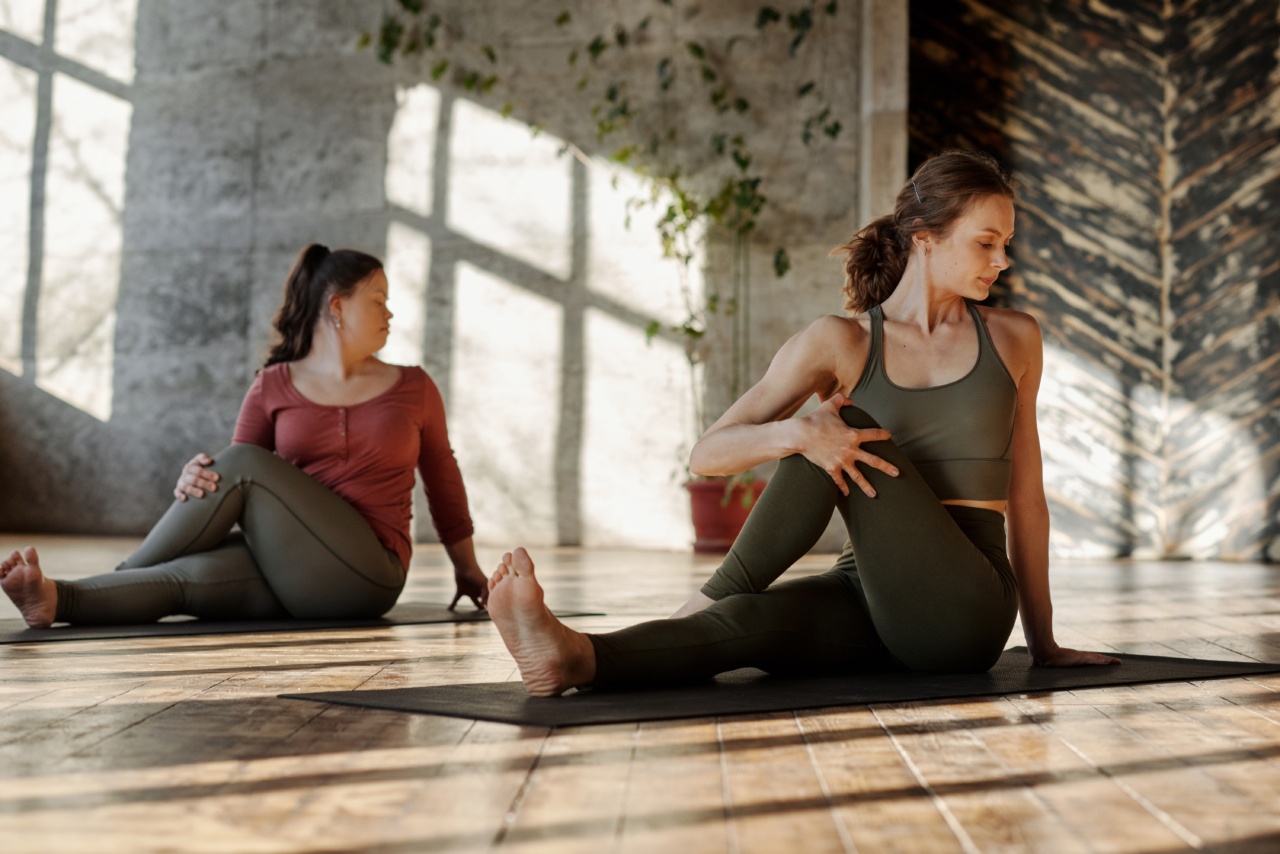Joint flexibility is essential for maintaining a healthy and active lifestyle. It allows you to move freely and perform daily tasks without any discomfort or pain.
Regular exercises that focus on joint flexibility can help improve mobility, reduce the risk of injury, and enhance overall wellbeing. In this article, we will explore ten easy workouts that can effectively enhance joint flexibility.
1. Yoga
Yoga is a fantastic exercise for improving joint flexibility. Its gentle and controlled movements can help increase range of motion in various joints.
Poses like child’s pose, downward dog, and cat-cow are especially beneficial for joints in the spine, hips, and shoulders. Regular practice of yoga can gradually improve joint flexibility and promote overall body strength and balance.
2. Tai Chi
Tai Chi is a Chinese martial art that focuses on slow and flowing movements. It involves a series of graceful poses and transitions, which help improve joint mobility and flexibility.
The fluid motions in Tai Chi engage the joints gently and promote their full range of motion. Regular practice of Tai Chi can also enhance balance and reduce the risk of falls, making it an excellent workout for older adults.
3. Pilates
Pilates is a low-impact exercise that targets the core muscles and promotes overall body strength and flexibility. Many Pilates exercises involve controlled movements that engage the joints, such as the hips, shoulders, and spine.
The exercises help promote joint stability, enhance flexibility, and improve posture. Incorporating Pilates into your fitness routine can significantly contribute to joint flexibility.
4. Swimming
Swimming is a great cardiovascular exercise that also benefits joint flexibility. The buoyancy of water reduces the impact on joints, making it an ideal workout for people with joint problems or injuries.
Swimming engages multiple joints simultaneously, providing a whole-body workout. The resistance of water also adds to the challenge, enhancing joint flexibility and strength.
5. Cycling
Cycling is a low-impact aerobic exercise that is gentle on the joints. It helps improve joint flexibility in the lower body, particularly in the hips, knees, and ankles.
Cycling also strengthens the muscles surrounding the joints, reducing the risk of injury. Whether indoors on a stationary bike or outdoors cycling through nature, this activity can be enjoyed by people of all fitness levels.
6. Stretching Exercises
Stretching exercises specifically targeting the joints can help improve their flexibility. Perform a combination of static and dynamic stretches to enhance joint mobility.
Static stretches involve holding a position to stretch the muscles and connective tissues, while dynamic stretches involve moving joints through their full range of motion. Regular stretching exercises can gradually increase joint flexibility and prevent stiffness.
7. Resistance Training
Resistance training, using resistance bands or weights, can strengthen the muscles surrounding the joints. Strong muscles provide stability to the joints and enhance their flexibility.
Include exercises that target all major muscle groups, such as squats, lunges, bicep curls, and tricep extensions. Start with lighter weights and gradually increase the intensity as your strength improves.
8. Balance Exercises
Improving joint flexibility also involves enhancing balance, as it helps prevent falls and injuries. Try incorporating balance exercises, such as standing on one leg or practicing yoga poses that challenge balance, to your workout routine.
These exercises engage multiple joints and muscles, improving joint flexibility and stability.
9. Foam Rolling
Foam rolling is a form of self-massage where a foam roller is used to apply pressure to the muscles. It helps release tension and tightness in the muscles and connective tissues surrounding the joints.
By targeting these areas, foam rolling can effectively improve joint mobility and flexibility. Incorporate foam rolling into your warm-up or cool-down routine for maximum joint flexibility benefits.
10. Walking
Walking is a simple yet effective exercise for improving joint flexibility. It is a weight-bearing exercise that engages multiple joints, especially in the legs and hips.
Start with a shorter distance and gradually increase the duration and intensity of your walks. Walking regularly can improve joint flexibility, strengthen muscles, and promote overall cardiovascular health.
Conclusion
Joint flexibility is crucial for maintaining mobility and performing daily activities without discomfort or pain.
By incorporating these ten easy workouts into your routine, you can significantly enhance joint flexibility, reduce the risk of injuries, and improve overall wellbeing. Remember to start slowly and progress gradually to allow your body to adapt and safely improve joint flexibility over time.



























